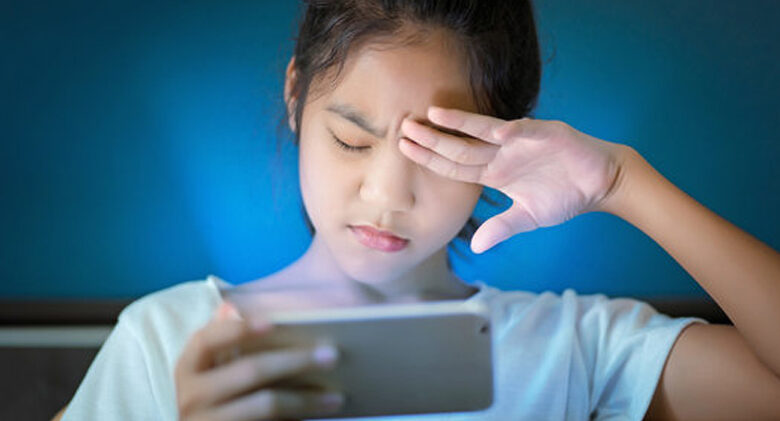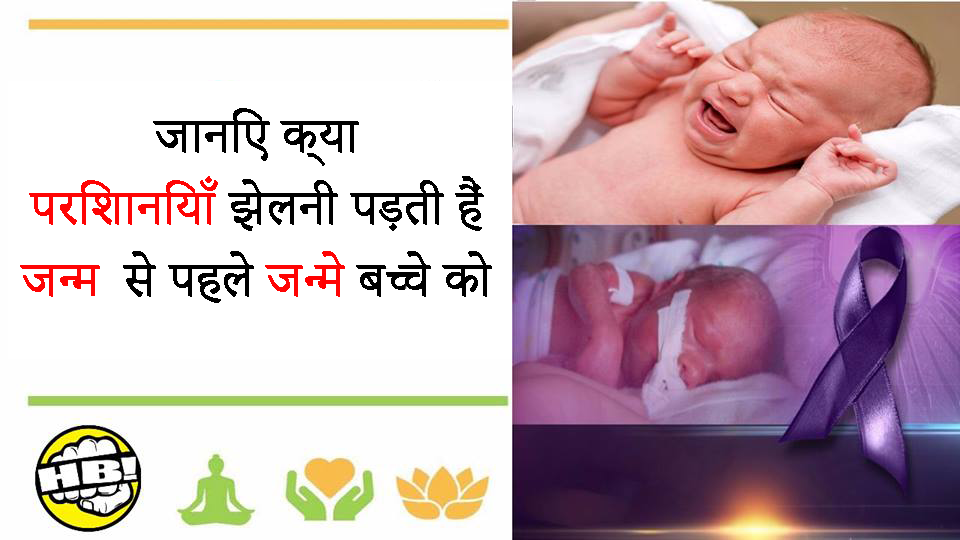Smartphone Vision Syndrome: Causes, Symptoms, and Prevention Tips

In today’s digital age, smartphones have become an indispensable part of our lives. From work to entertainment, communication to navigation, these devices serve countless purposes. However, the increasing reliance on smartphones has given rise to a new health concern known as Smartphone Vision Syndrome (SVS). This condition is characterized by a range of eye and vision-related problems caused by prolonged screen time and excessive smartphone usage.As more people, including children and young adults, spend hours glued to their screens, the prevalence of Smartphone Vision Syndrome is on the rise. This article delves into the causes, symptoms, and long-term effects of SVS while offering practical tips for prevention and maintaining eye health in a digital world.
What is Smartphone Vision Syndrome?
Smartphone Vision Syndrome is a subset of Computer Vision Syndrome (CVS) or Digital Eye Strain (DES). It refers specifically to the visual discomfort and other symptoms that arise from prolonged use of smartphones or other handheld digital devices. The syndrome is not limited to just eye-related issues; it can also affect posture, mental health, and overall well-being.
Causes of Smartphone Vision Syndrome
The primary causes of SVS stem from how we interact with smartphones and the strain they place on our eyes and body. Key factors include:
- Prolonged Screen Time
Spending hours staring at a small screen forces the eyes to work harder to focus, leading to strain. - Blue Light Exposure
Smartphones emit blue light, which can penetrate deep into the eye and cause damage to the retina over time. Excessive blue light exposure is also linked to disrupted sleep patterns. - Close Viewing Distance
Unlike larger screens like TVs or monitors, smartphones are held much closer to the eyes. This close proximity increases the demand on the eye muscles. - Reduced Blinking
Studies show that people blink less frequently when using digital devices, leading to dry eyes and irritation. - Poor Lighting Conditions
Using smartphones in dimly lit environments or under bright sunlight can increase glare and strain on the eyes. - Improper Posture
Constantly looking down at a smartphone can lead to “text neck,” which affects not only posture but also blood circulation around the eyes.
Symptoms of Smartphone Vision Syndrome
SVS manifests through a variety of symptoms that may vary in severity depending on screen usage habits. Common symptoms include:
- Eye-Related Symptoms
- Eye strain or fatigue
- Dryness or irritation
- Redness or watery eyes
- Blurred or double vision
- Sensitivity to light
- Headaches
Persistent headaches are common due to the strain placed on eye muscles while focusing on small text or images. - Neck and Shoulder Pain
Poor posture while using smartphones can lead to musculoskeletal discomfort. - Sleep Disruption
Blue light exposure suppresses melatonin production, making it harder for individuals to fall asleep or maintain restful sleep. - Mental Fatigue
Continuous engagement with screens can lead to cognitive overload and mental exhaustion. - Difficulty Focusing on Distant Objects (Temporary Myopia)
Spending too much time focusing on near objects can temporarily impair distance vision.
Long-Term Effects of Smartphone Vision Syndrome
While many symptoms of SVS are temporary and resolve with reduced screen time, prolonged exposure can lead to more serious long-term consequences:
- Chronic Dry Eye Disease
Reduced blinking over time can damage tear production glands, leading to chronic dry eye syndrome. - Retinal Damage from Blue Light
Excessive blue light exposure may increase the risk of macular degeneration, a condition that affects central vision. - Permanent Postural Issues
Constantly looking down at a smartphone can lead to long-term postural problems like cervical spondylosis. - Increased Risk of Myopia (Nearsightedness)
Studies suggest that prolonged close-up screen usage contributes to rising rates of myopia, especially among children and teenagers. - Sleep Disorders
Chronic disruption of circadian rhythms due to blue light exposure may result in insomnia or other sleep disorders.
Prevention Tips for Smartphone Vision Syndrome
Preventing SVS requires conscious efforts to reduce screen-related strain and adopt healthier habits. Here are some practical tips:
- Follow the 20-20-20 Rule
Every 20 minutes, take a 20-second break and look at something 20 feet away. This helps relax the eye muscles and reduce strain. - Maintain Proper Viewing Distance
Hold your smartphone at least 16–18 inches away from your eyes while using it. - Blink Frequently
Make a conscious effort to blink more often while using screens to keep your eyes moist and prevent dryness. - Adjust Screen Settings
- Use blue light filters or “night mode” settings on your device.
- Reduce screen brightness based on ambient lighting.
- Increase font size to avoid straining your eyes while reading small text.
- Use Anti-Glare Coatings or Glasses
If you wear glasses, consider lenses with anti-glare coatings designed for digital device use. - Limit Screen Time Before Bedtime
Avoid using smartphones at least one hour before going to bed to minimize blue light exposure and improve sleep quality. - Create an Ergonomic Setup
- Sit upright with your back supported.
- Keep your smartphone at eye level instead of looking down.
- Use Artificial Tears for Dry Eyes
Over-the-counter lubricating eye drops can help alleviate dryness caused by reduced blinking. - Schedule Regular Eye Exams
Visit an optometrist annually for comprehensive eye check-ups, especially if you experience persistent symptoms like blurred vision or headaches. - Encourage Digital Detoxes
Take regular breaks from screens by engaging in offline activities like reading books, exercising, or spending time outdoors.
Special Considerations for Children
Children are particularly vulnerable to SVS due to their developing eyes and increased screen usage for education and entertainment purposes:
- Limit screen time for children under 6 years old.
- Encourage outdoor playtime as it reduces myopia risk.
- Teach kids about healthy screen habits early on.
The Role of Technology in Mitigating SVS
Ironically, technology itself offers solutions for managing SVS:
- Apps like f.lux adjust screen color temperature based on time of day.
- Wearable devices monitor posture and provide reminders for breaks.
- Advanced displays with reduced blue light emission are becoming standard in modern smartphones.
Smartphone Vision Syndrome is an emerging health concern that reflects our growing dependence on digital devices in daily life. While smartphones have revolutionized communication and convenience, they come with hidden costs to our physical health—especially our eyes.By understanding the causes and symptoms of SVS and adopting preventive measures like proper screen habits and regular breaks, we can mitigate its impact without sacrificing productivity or connectivity. Remember: protecting your vision today ensures better quality of life tomorrow—because your eyes deserve care as much as any other part of your body!




